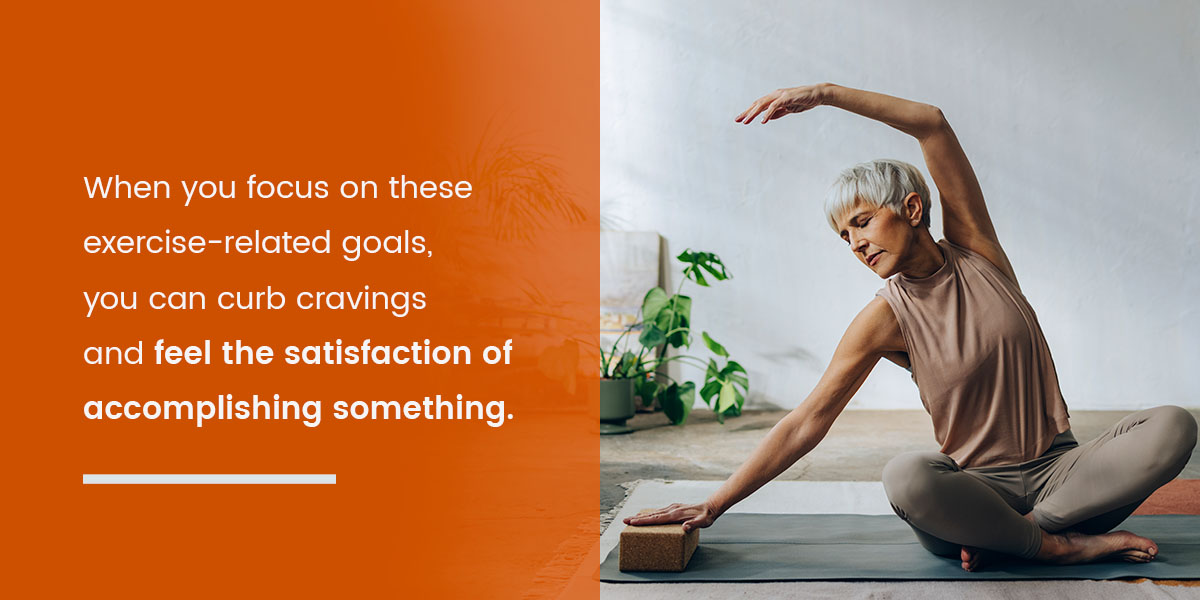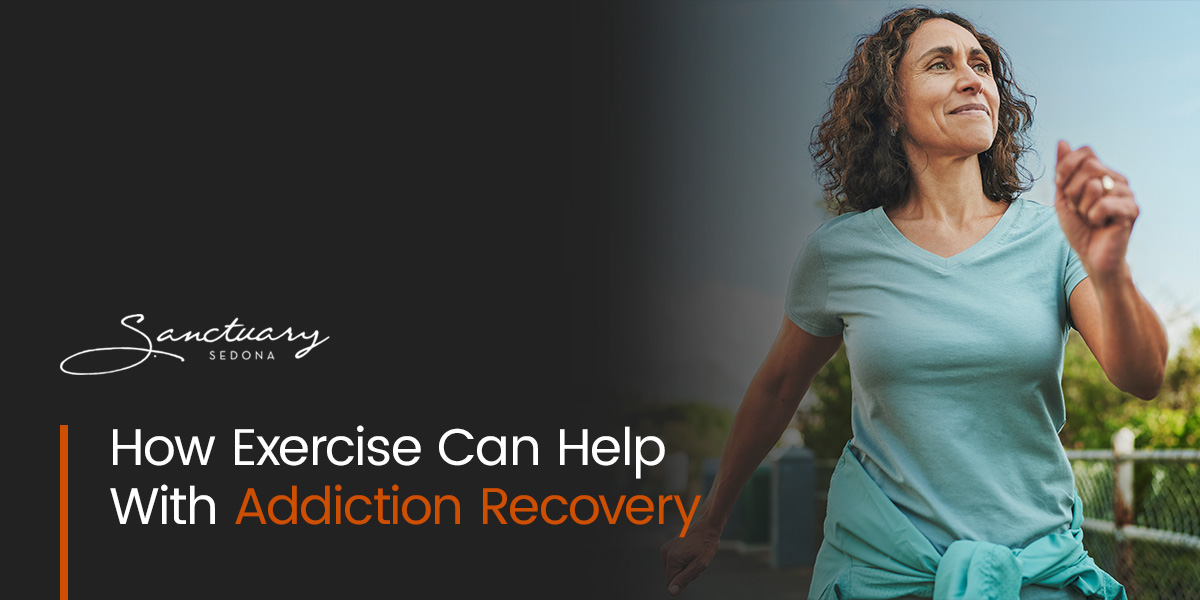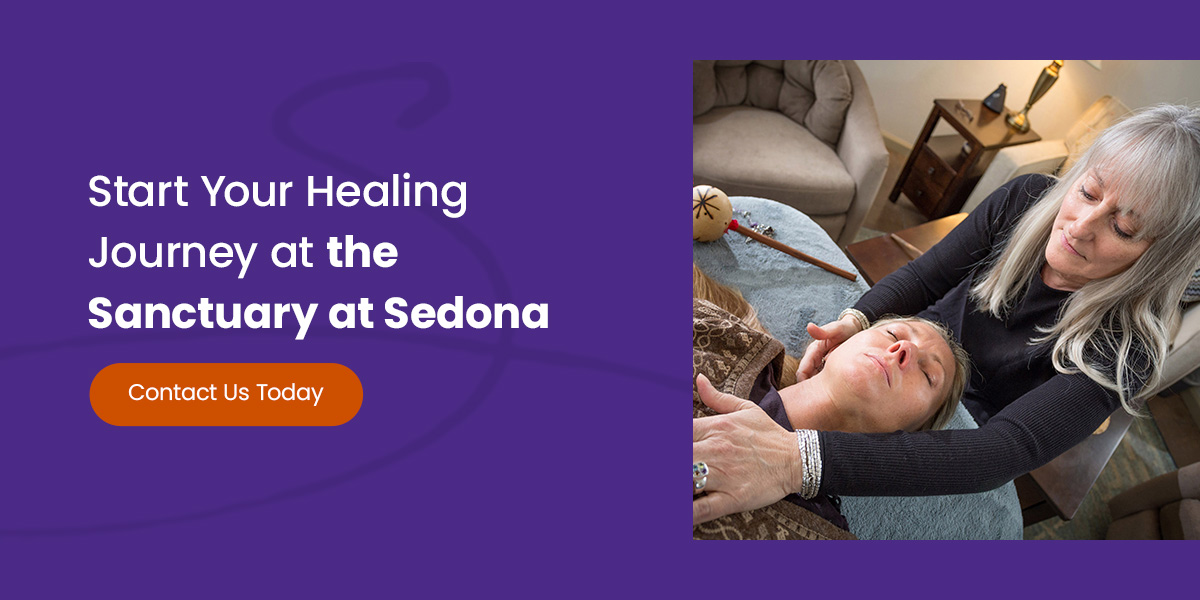Recovery is a long road that allows you to reprioritize your physical and mental health. During it, your body may crave the substances it has become dependent on. Your brain will desire the euphoric feeling that the substances created. Understanding what your body wants will help you find a better alternative.
Recently, experts have begun to see exercise as a healthy replacement for addictive substances. Adding exercise to your recovery plan increases your odds of reaching sobriety because it gives your body the chemicals it wants without adding substances into the mix. Both outlets target similar parts of the brain — they both activate the “reward pathway” in the brain and release “feel-good” chemicals such as endorphins and serotonin.
But how exactly do fitness and recovery fit together? This short guide will explain why exercise is important during recovery and how you can add it to your addiction treatment plan.
What Are the Benefits of Exercise?
Exercise is an integral part of everyone’s daily routine, and it improves mental and physical health. These benefits are especially important during recovery.
How Does Exercise Increase Physical Health?
Exercising reaps many physical benefits for your body. Consistent exercise will strengthen your bones and help you maintain a healthy weight. This is especially important when quitting a substance, like nicotine, that increases your appetite when quitting.
Physical activity will also help your body combat chronic diseases and restore brain health. When done for over 150 minutes per week, exercise has been proven to reduce an individual’s risk of developing cardiovascular disease, diabetes and some types of cancers. Exercise can also increase the number of new nerve connections the brain makes, which helps the brain heal from the physiological damage of addiction.
Overall, exercise will help your body stay healthy during the recovery process and encourage it to heal from some of the damage that occurred during substance use.
How Does Exercise Improve Mental Health?
Exercise will improve your mental health by creating positive feelings after you workout. When you engage in any form of physical activity, your brain releases “feel-good” chemicals called endorphins. When released, endorphins interact with brain receptors to decrease feelings of pain. This chemical interaction creates feelings of optimism and euphoria after each workout.
Using exercise as a positive, healthy way to release endorphins to boost your mood and decrease stress levels during recovery.
How Do Exercise And Addiction Recovery Interlap?
In addition to general mental and physical health improvements, physical activity has been shown to increase sobriety in people recovering from addiction. A recent study has found that 75% of participants who exercised during recovery showed a decrease in substance misuse. But why does exercise have such a positive effect on recovery?
Here are three reasons why getting active helps increase the chances of recovery:
1 Exercise Reduces Cravings
When you work out, blood moves through the heart quicker than when you are not moving, increasing the amount of oxygen and nutrients that flow through your body. With more nourishment, your body becomes stronger and has a greater capacity to release energy throughout the day. Increased energy levels give your mind and body more power to resist substance cravings.
2. Exercise Creates a Routine
Following a consistent exercise routine can give you the structure you need to resist cravings. When you exercise at the same time every day or sign up for a fitness class, you create a concrete routine for yourself. Having set plans can help keep you on the path to sobriety.
Here are a few examples of how exercise can sculpt your day and help you stay on track:
- Exercising early in the morning can give you a concrete reason not to stay up late and use substances the night before.
- Going to the gym after work can give you a reason not to go to a happy hour or use substances after work.
Planning an exercise routine around moments when you used to use substances or when you feel especially vulnerable to relapse will keep you occupied and help you stay on track.
3. Exercise Gives You Something To Think About
Quitting substances often creates unforeseen free time. The time you used to spend thinking about, finding or using substances is now free. Depending on how you use these extra minutes and hours, this could be a good or a bad thing. Adding exercise to your week is a great way to fill several hours of your time.
Creating exercise goals, such as training for a marathon or a triathlon, also gives you a constructive way to redirect your thoughts away from your cravings. When you focus on these exercise-related goals, you can curb cravings and feel the satisfaction of accomplishing something.

4 Best Exercises for Addiction Recovery
If exercise helps prevent relapse during recovery, which ones are the most effective? While any activity that increases heart rate and produces endorphins is great, here are some of the best exercises for recovery:
- Walking and running: Walking and running are great ways to increase your heart rate and release endorphins. Battling addiction can be tiring, especially in the beginning — walking is a low-effort form of exercise that can be done even when your energy levels are low. Once you move further along in your recovery journey, you can transition to running, allowing you to set many exercise-related goals.
- Hiking: Research has shown that spending time in nature has a positive effect on mental health. Hiking lets you experience the benefits of nature while improving your physical health and filling your schedule.
- Yoga: Yoga lets you reap the same benefits other exercises offer while also strengthening your muscles in new ways. In addition, yoga offers an opportunity for mindfulness. A good yoga session can reduce feelings of stress and help you relax while improving mobility.
- Team sports and group exercises: Joining a sports team or an exercise class is a good way to meet people who share similar goals. Knowing other people in the exercise class or on the team can keep you motivated to go to class or practice.
Find Ways to Integrate Exercise Into Your Recovery Plan at The Sanctuary at Sedona
For over a decade, The Sanctuary has used a holistic addiction-recovery program to help hundreds of individuals recover from addiction. Our beautiful campus is located right outside Sedona, Arizona, on a secluded lot of land that offers unparalleled beauty.
When it comes to treatment, we offer a structured, yet individualized plan. Your days will include individual and group therapy sessions.
We know how important it is that fitness and recovery interlap, so we make exercise an integral part of your schedule. When you are not in therapy sessions, you will have the opportunity to integrate physical activity into your recovery plan by going to the gym or hiking in the red rocks of Sedona.
For more information on how you can begin your recovery journey at The Sanctuary at Sedona, contact us today to speak to a recovery expert.
He is the Founder, Administrator, Counselor at the Sanctuary at Sedona. He has a BA in Political Science and is currently Senior teaching staff at Four Winds Society, an international school of energy medicine. His credentials also include being an Ordained Minister; a Certified Shamanic Breathwork® Facilitator; a Founding Member Society for Shamanic Practitioners; a Member of Association for Comprehensive Energy Psychology; a Member of the National Institute for Holistic Addiction Studies. [email protected]


